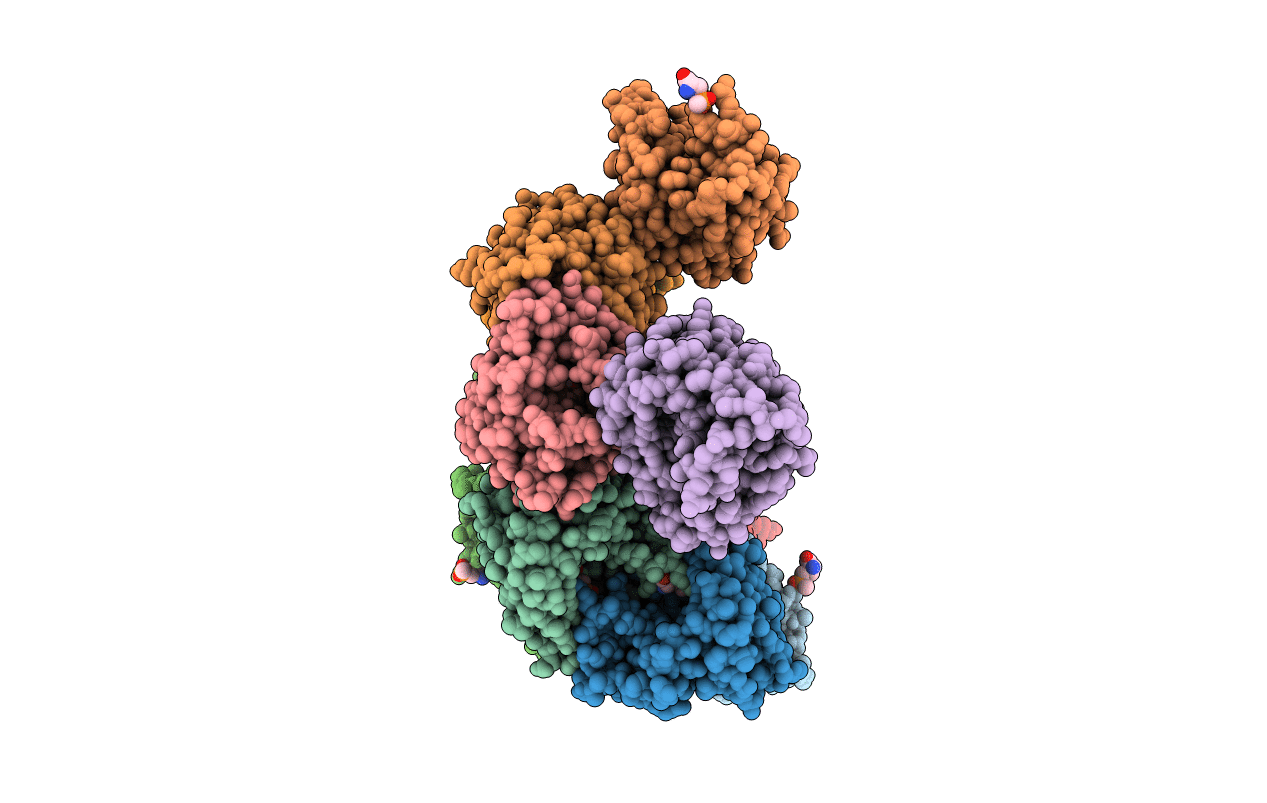
Deposition Date
2018-08-20
Release Date
2019-04-24
Last Version Date
2023-10-11
Entry Detail
PDB ID:
6M7G
Keywords:
Title:
Crystal structure of ArsN, N-acetyltransferase with substrate phosphinothricin from Pseudomonas putida KT2440
Biological Source:
Source Organism:
Pseudomonas putida (Taxon ID: 160488)
Host Organism:
Method Details:
Experimental Method:
Resolution:
2.66 Å
R-Value Free:
0.27
R-Value Work:
0.22
R-Value Observed:
0.22
Space Group:
P 1 21 1


